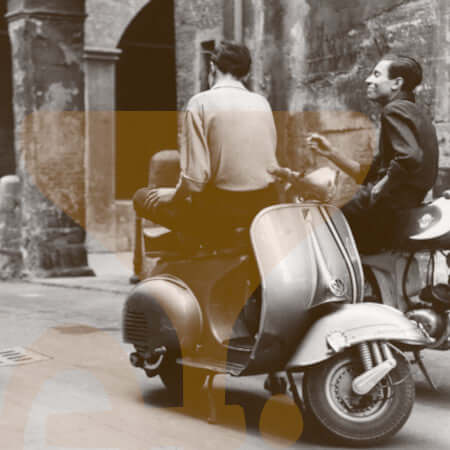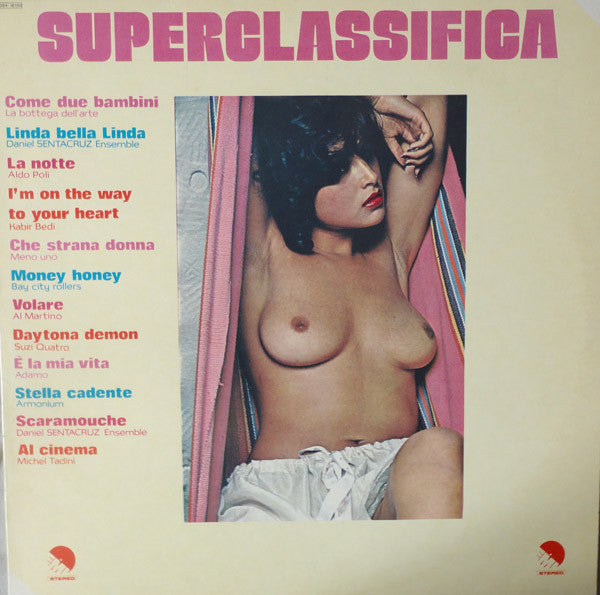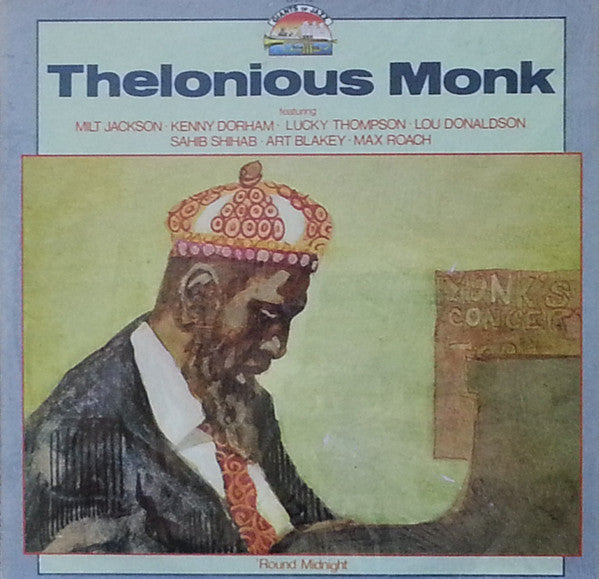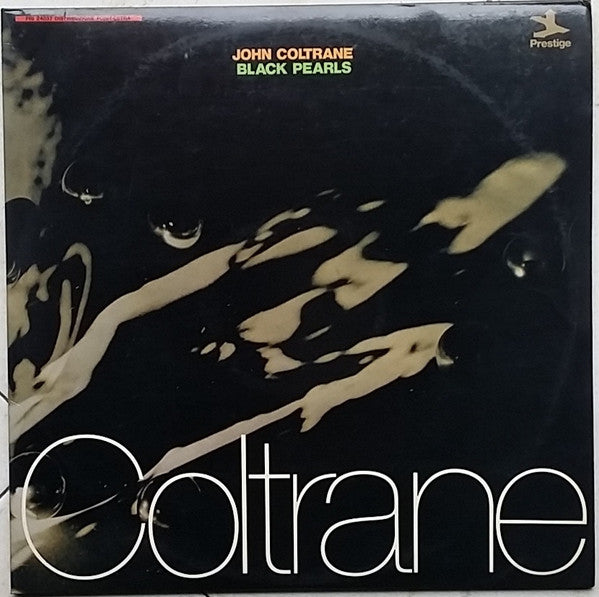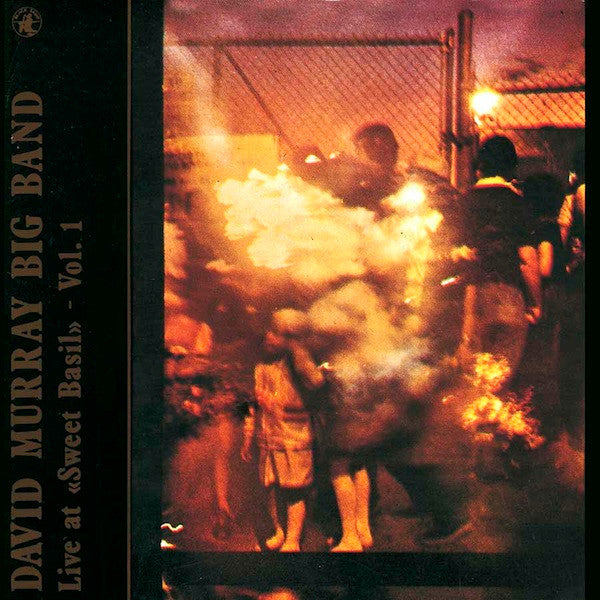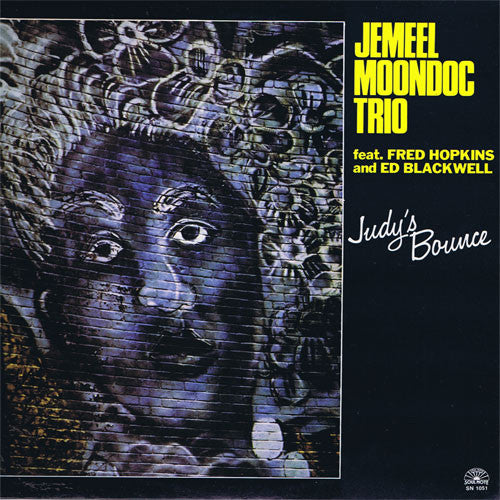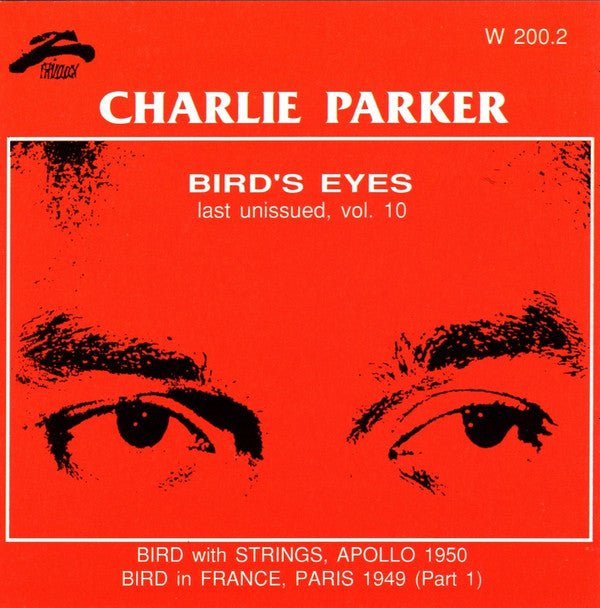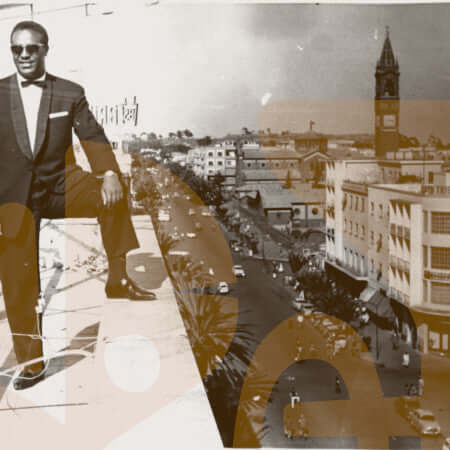Italian jazz is a captivating musical genre that combines the rich cultural heritage of Italy with the swinging rhythms of American jazz. This fusion has created a unique and entertaining musical experience that has captured the hearts of listeners worldwide.
Historical background
Italian jazz has its roots in the early 1900s when American jazz music first reached Italy through records and radio. During the 1920s and 30s, the jazz scene flourished in cities such as Milan and Rome with orchestras such as the "Orchestra Spettacolo Mario Morbidelli" enchanting audiences with their swing and ragtime.
Challenges under Fascism
During the rule of the Fascist regime during World War II, jazz music faced difficulties because the regime preferred traditional Italian music. Despite this, some brave musicians continued to play jazz in secret and preserve the genre.
The post-war era and American influence
After the Second World War and the liberation of Italy, jazz music flourished again. The US military's presence in the country during the Marshall Plan helped spread the popularity of jazz. Italian musicians also traveled to the United States to study and collaborate with American jazz musicians, creating an exciting intersection of cultures and styles.
Contemporary scene and prominent artists
In recent decades, the Italian jazz scene has continued to develop. Notable musicians such as Paolo Fresu, Enrico Rava, and Stefano Bollani have gained international recognition for their unique jazz interpretations and fusion with other musical genres.
Summary
Italian Jazz is a fascinating musical journey that integrates the rich Italian culture with the rhythmic essence of American jazz. From the early days of swing to the contemporary fusion of different styles, Italian jazz has continued to baffle and entertain music lovers worldwide. It is a constant reminder of music's ability to transcend borders and unite different cultures in a harmonious melody.

